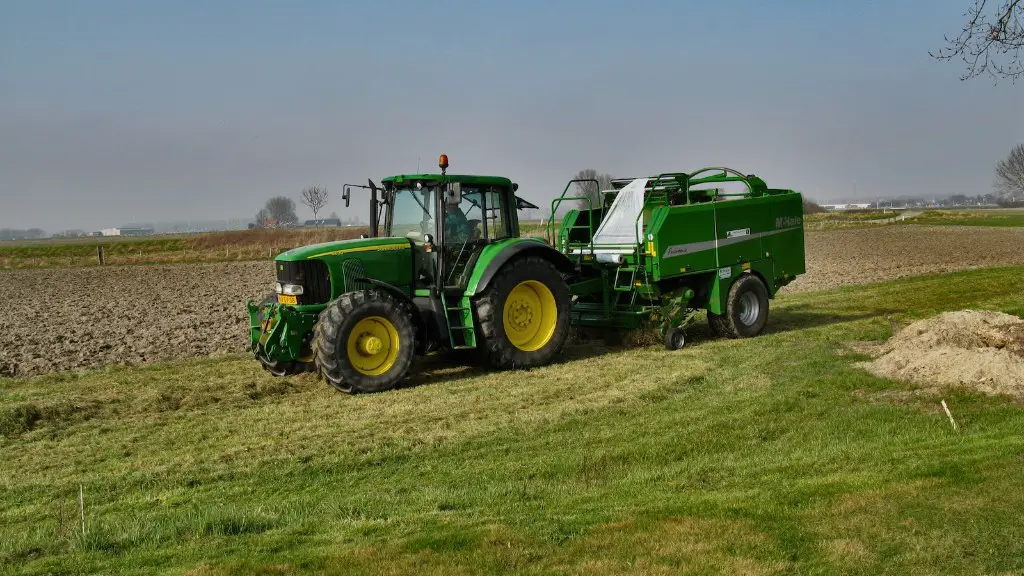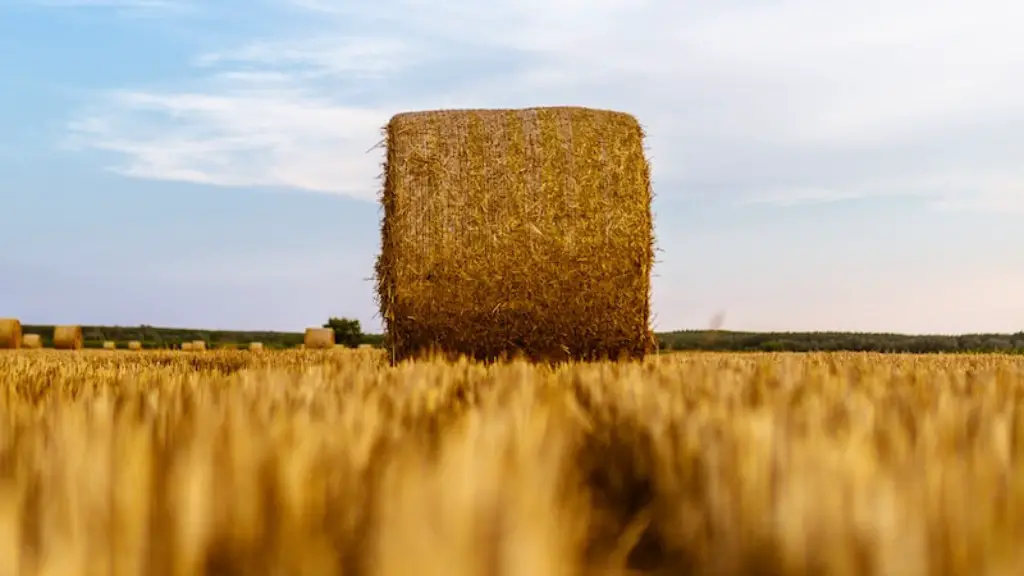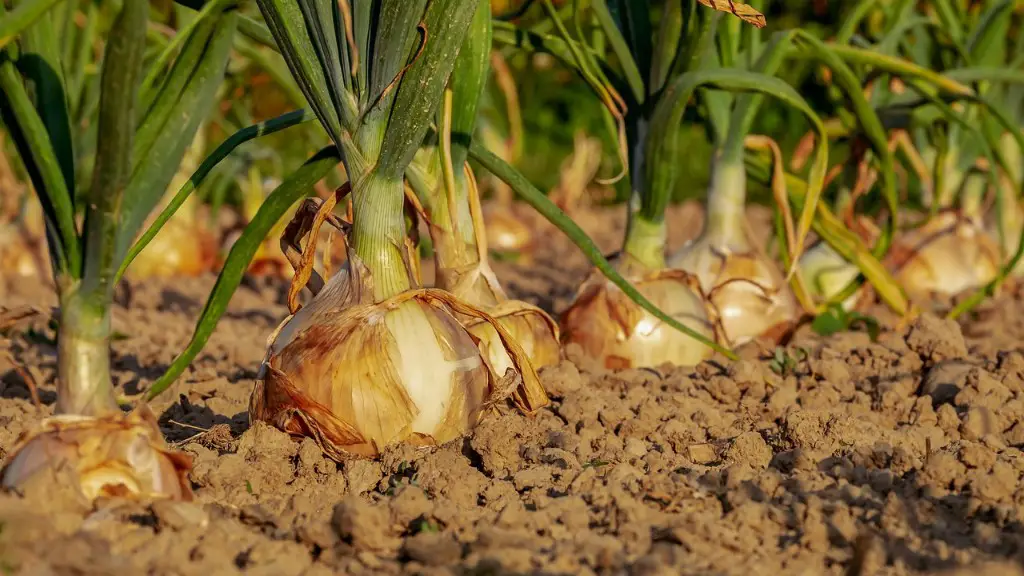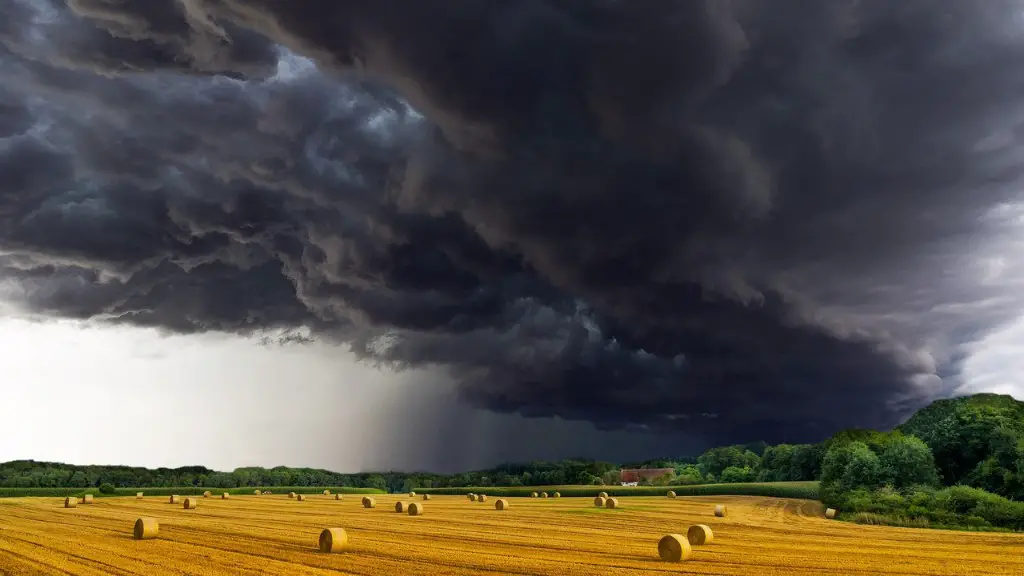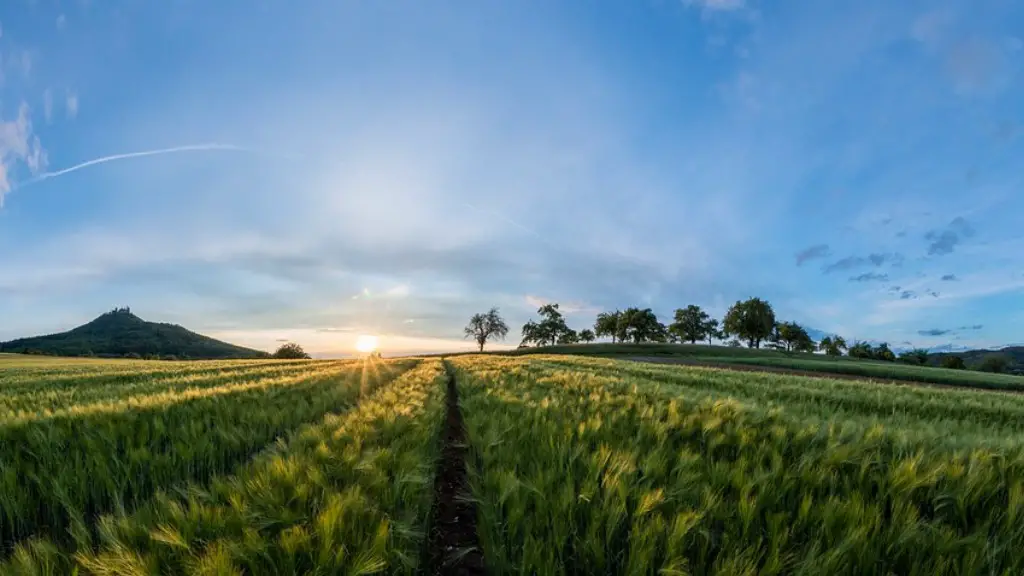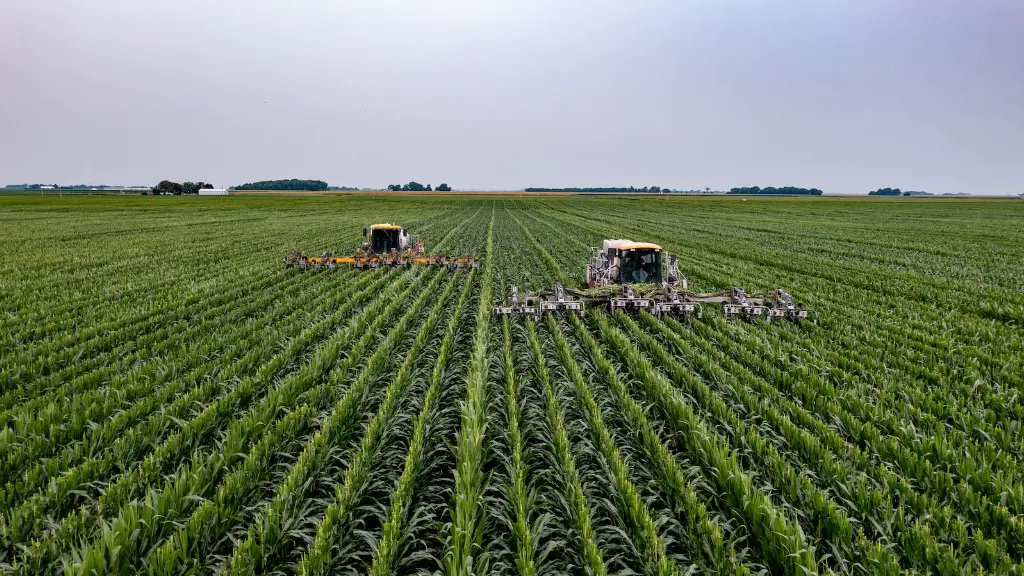No-till or zero tillage is a way of growing crops or grass without disturbing the soil through tillage. No-till is an agricultural production system that increases the amount of water that infiltrates into the soil and increases the amount of organic matter in the soil.
The Vermiculite Association (VA) is the international trade association for vermiculite. Vermiculite is a hydrated magnesium-aluminum-iron silicate mineral that is classified as a phyllosilicate or layer silicate. It is found in many different parts of the world, but the largest vermiculite mining operations are located in South Africa, China, and the United States. Vermiculite has a wide range of applications, including use as an agricultural soil amendment and Horticultural growing medium, as an ingredient in construction and automotive materials, and as a heat-resistant and fire-resistant additive in a variety of consumer and industrial products.
What is VRT farming?
VRT is a tool that allows farmers to apply fertilizer, water, chemicals, and seed at different rates across a field. There are two types of VRT: map-based and sensor-based. Map-based VRT uses information from past yield maps to create a prescription map that is then used to guide the application of inputs. Sensor-based VRT uses real-time information from sensors on the sprayer to adjust the application rate of inputs.
Variable rate technology (VRT) is a growing area of agricultural production that refers to the use of precision farming techniques to manage crop inputs. The main goal of VRT is to optimize inputs in order to improve crop yields and decrease input costs.
Crop inputs that can be varied in their application commonly include tillage, fertilizer, weed control, insect control, plant variety, plant population, and irrigation. A VRT system typically includes a computer controller, GPS receiver, and GIS map database.
VRT has been shown to be an effective way to improve agricultural production while reducing inputs costs. In many cases, VRT can also help to mitigate the negative environmental impacts of agricultural production.
What is VRT fertilizer
Variable rate fertilizer application is a great way to save time and money while still getting the nutrients your crops need. By being able to apply different rates of fertilizer as needed, you can avoid over- or under-applying, and tailor your application to the specific needs of your fields. This can help you maximize your yields and improve your bottom line.
The use of VRT can help farmers to be more precise with their fertilizer application, and ultimately save money. With the help of new technologies, VRT is becoming more and more applicable, and is proving to be more profitable for farmers.
What is VRT inspection?
The Vehicle Roadworthiness Test (VRT) is a mandatory test for vehicles in the Republic of Ireland that are over four years old. The test is designed to ensure that vehicles are in a roadworthy condition and meet the required safety standards.
The test is carried out by a qualified tester at an authorised testing centre, and takes around 30 minutes to complete. The tester will carry out a visual inspection of the vehicle, as well as checking the brakes, tyres, suspension, and other key components.
If the vehicle passes the VRT, a certificate will be issued which is valid for one year. If the vehicle fails the VRT, the owner will be given a list of repairs that need to be carried out before the vehicle can be retested.
All vehicles must have a valid VRT certificate in order to be registered with the Motor Tax Office.
The VRT rate is calculated based on the Carbon Dioxide emissions plus the Nitrogen Oxide emissions. The CO2 component is calculated by multiplying the applicable rate by the OMSP. The NOx levy is calculated separately and then added to the CO2 value to produce the VRT due.
What is the importance of VRT?
VRT provides farmers with a more efficient way to apply fertiliser and seed, as well as increasing production on some soil types and managing risk more effectively. This technology has a range of benefits that can improve farming operations, making it an important tool for those in the agricultural industry.
VRT (Variable Rate Technology) is a technology that allows farmers to manage their crops more efficiently by using various tools to sense and monitor conditions in their fields. The main components of VRT are RS (Remote Sensing), GIS (Geographical Information System), GPS/DGPS (Differential Global positioning system), computer, software etc. VRT can help farmers to optimize their irrigation and fertilizer use, reduce inputs costs, and improve crop yields.
What are the benefits of variable rate technology
Variable-rate technology (VRT) can be a great way to improve your farm’s efficiency and productivity. By allowing you to apply inputs at different rates across your fields, you can save time and money while still getting the results you need. VRT can also help you to better manage your natural resources, by applying inputs only where and when they are needed.
VRT is a effective way to help people with dizziness and vertigo by improving their balance. VRT can also help people with inner ear disorders.
What are the 3 letters in fertilizer?
The fertilizer grade is the percentage of each primary nutrient present in the fertilizer. The three primary nutrients are nitrogen (N), phosphorus (P), and potassium (K). A bag of 10-10-10 fertilizer contains 10 percent nitrogen, 10 percent phosphate, and 10 percent potash.
The Big 3—nitrogen, phosphorus and potassium—provide the foundational nutrients of today’s commercial fertilizers. They are typically found in the form of sulfates, chlorides or nitrates. All three of these nutrients are essential for plant growth, but they must be used in the proper ratios to avoid problems. For example, too much nitrogen can lead to leaf burn, while too much phosphorus can encourage root rot. It’s important to follow the recommended dosage on the fertilizer label to ensure optimal plant growth.
What are examples of variable rate technology
Variable rate application technology is used to apply a controlled amount of a resource to an area. The resource could be anything from a chemical to water or even seed. The key is that the application rate is customized to the needs of the specific area being treated. This allows for more efficient use of resources and can help to improve yields.
The advantages of VRI technology are demonstrated in the areas of agronomic improvement, greater economic returns, environmental protection and risk management. The main drawbacks to VRI technology include the complexity to successfully implement the technology and the lack of evidence that it assures better agronomic outcomes.
Is a variable rate a good idea?
There are a few advantages to variable rate mortgages. The lower interest rate is the most significant advantage, as it can save you a lot of money in the long run. Additionally, because you’re taking on the risk that the interest rate could rise in the future, your lender may offer you a lower rate to begin with. This could lead to a lower monthly mortgage payment, making it easier to afford your home.
Vehicle Registration Tax (VRT) is a tax you must pay when you first register your vehicle in Ireland. If you have imported a vehicle, you must pay VRT and get the vehicle’s registration certificate showing that you have paid VRT.
Warp Up
In agriculture, VRT stands forVariable Rate Technology. It is a technology that allows farmers to apply different amounts of inputs, such as seed, fertilizer, or pesticides, to different areas of their fields, in order to improve yields and profits. VRT can be used to target specific areas of a field that need more or less of an input, and it can also be used to reduce the overall amount of inputs used on a farm.
VRT, or variable rate technology, is a precision farming technique that involves applying different rates of inputs, such as fertilizer or seed, to different areas of a field. This can be done using GPS-guided machinery or by manually applying inputs in different areas. VRT can improve crop yields and decrease inputs costs by tailoring inputs to the specific needs of each area of a field.
